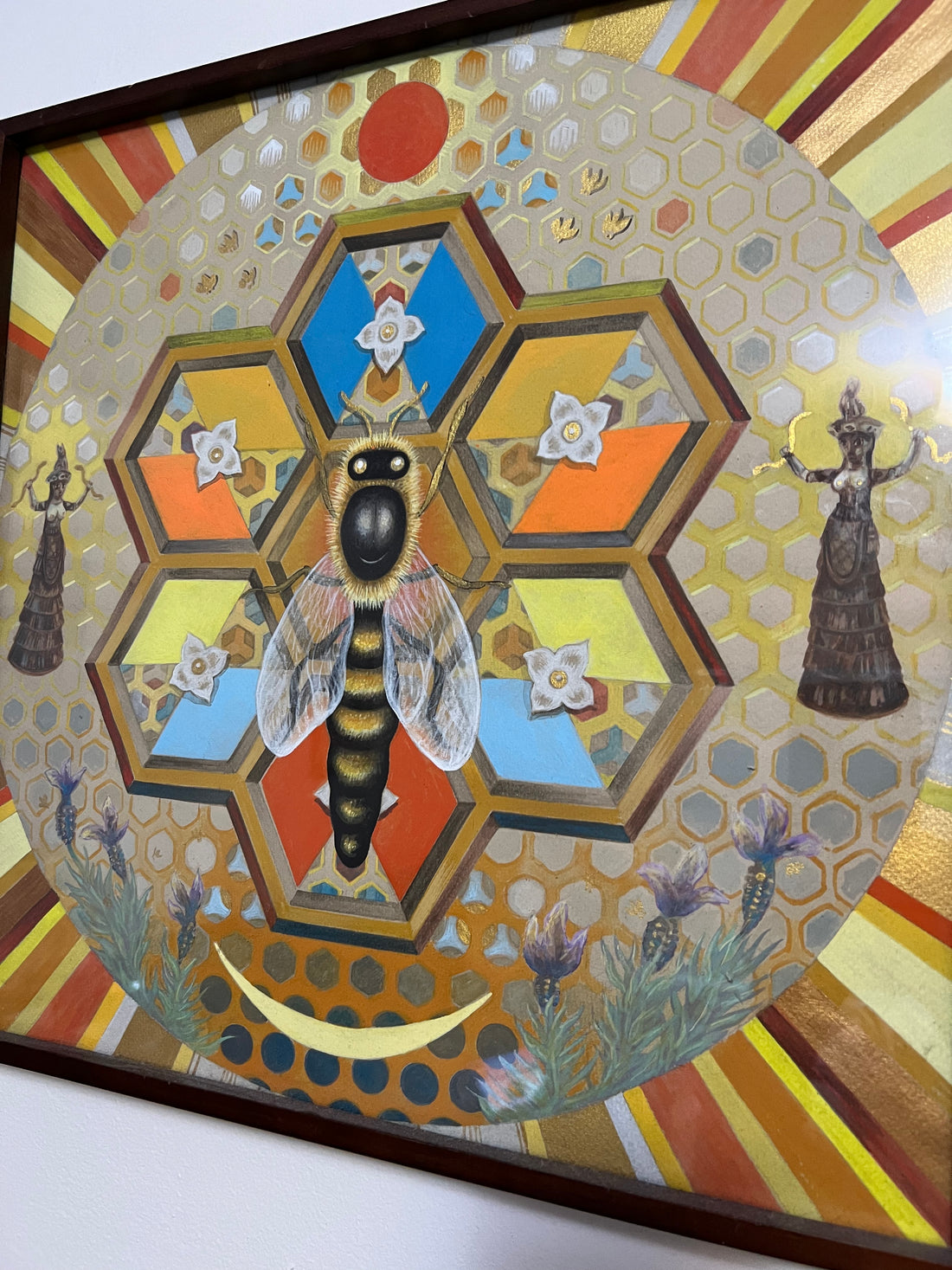Having evolved for millions of years, Apis Melifera (honeybees) are perfectly synchronized with the Winter Solstice. The colony has been relatively small and subdued during the last couple months of the year. The Winter honeybees cluster with a resting temperature of 70-75 degrees around the brood nest. Upon the Solstice, the honeybees gradually shift to a toasty warm brood rearing temperature of 95 degrees. This increase in brood nest warmth is just what the queen needs to begin laying eggs in earnest. Weeks ahead of Spring time, the colony makes it’s productive expansion in order to increase the colony strength in preparation for the SuperBloom of Spring.
Here in Sonoma County, wild mustard begins to bloom in January and provides the perfect balance of amino acids required for optimum honeybee baby nutrition.
Happy Solstice!

